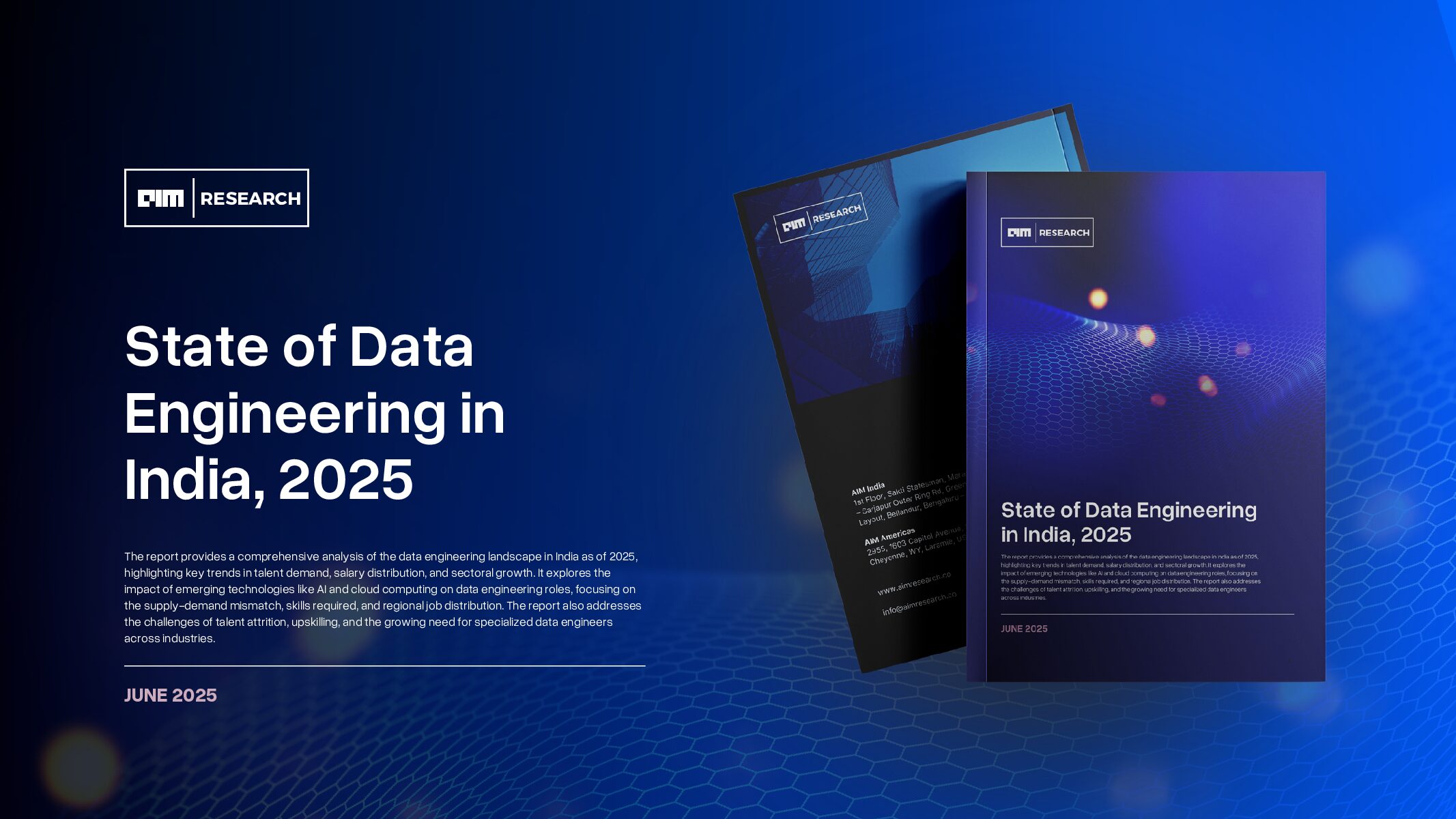SoftBank’s $6.5 billion acquisition of Ampere Computing is a defining moment in the battle for the future of data centers, signaling a decisive push toward ARM-based computing in an industry long dominated by x86 processors. The Japanese conglomerate’s latest investment underscores its belief that technology originally developed for smartphones will now take center stage in powering artificial intelligence and cloud computing.
Founded in 2017 by Renée James, a former Intel executive, Ampere Computing set out to challenge Intel and AMD’s x86 hegemony in the data center. The company’s chips are built on ARM architecture, a Reduced Instruction Set Computing (RISC) design that prioritizes power efficiency and scalability over the more complex, power-hungry x86 architecture. SoftBank, which acquired British chip designer Arm Holdings in 2016 for $32 billion, has long been pushing for wider adoption of ARM-based processors beyond mobile phones.
Ampere’s processors, such as Altra and Altra Max, have found a foothold among cloud providers and enterprise customers looking for high core density and improved power efficiency. Google Cloud, Microsoft Azure, Oracle Cloud, Alibaba, Tencent, HPE, and Supermicro are among the companies that have integrated Ampere’s chips into their infrastructure.
Oracle, in particular, has been a key backer, not just as a customer but as a major investor in Ampere. Oracle disclosed that it held a 29% stake in Ampere, valuing its investments including equity and debt at $1.5 billion after accounting for losses. With this deal, Oracle and private equity firm Carlyle Group, another significant Ampere investor, have agreed to sell their stakes to SoftBank.
Masayoshi Son, SoftBank’s chairman and chief executive, has been vocal about artificial intelligence being the future of computing. In his prepared remarks, he stated, “The future of artificial superintelligence requires breakthrough computing power. Ampere’s expertise in semiconductors and high-performance computing will help accelerate this vision and deepens our commitment to AI innovation in the United States.”
SoftBank has aggressively pursued AI-related investments in recent months. It has partnered with OpenAI to develop Advanced Enterprise AI, dubbed “Cristal Intelligence,” and is backing Stargate, a project aimed at constructing AI-focused data centers across the U.S. SoftBank also recently purchased an old Sharp factory in Japan, further expanding its footprint in AI infrastructure.
The Ampere acquisition will position SoftBank to compete more effectively in the AI-driven data center market, where Nvidia has dominated with its graphics processing units (GPUs). While Nvidia’s GPUs perform the heavy lifting in AI training, traditional server microprocessors like those from Intel, AMD, and Ampere play a crucial role in managing workloads and inference tasks. Nvidia has been pushing for greater adoption of ARM-based processors as AI host microprocessors, a move that could further benefit Ampere under SoftBank’s ownership.
For decades, x86 processors from Intel and AMD have dominated data centers. These chips operate on a Complex Instruction Set Computing (CISC) architecture, which allows for powerful, versatile computing but comes at the cost of higher power consumption and heat generation. ARM’s RISC architecture, on the other hand, is designed for efficiency, offering lower power consumption and greater scalability attributes that are becoming increasingly important as AI workloads grow exponentially.
Ampere’s latest processor, AmpereOne, pushes these advantages even further, offering up to 192 cores per chip. Unlike x86 processors, Ampere’s chips rely on single-threaded determinism, which reduces inefficiencies associated with hyper-threading and improves performance-per-watt. According to Ampere, its Altra processors can achieve up to 60% lower power consumption and 40% better performance-per-watt compared to x86 competitors like Intel Xeon and AMD EPYC. This efficiency translates into lower cooling costs, higher server density, and overall improved total cost of ownership (TCO) critical factors for cloud service providers and hyperscalers.
Industry research firm IDC projects that the market for AI microprocessors will grow from $12.5 billion in 2025 to $33 billion by 2030. With energy efficiency becoming a top priority for data center operators, ARM-based solutions like Ampere’s are well-positioned to capture a growing share of this market.
Hyperscalers such as Amazon Web Services, Google Cloud, and Microsoft Azure have been gradually shifting away from traditional x86 vendors, developing their own ARM-based chips for cloud workloads. AWS’s Graviton series and Google’s Tensor Processing Units (TPUs) have demonstrated the performance benefits of in-house silicon tailored to specific workloads. Unlike AWS’s proprietary Graviton, Ampere offers merchant ARM-based silicon, making it an attractive alternative for companies that don’t want to be locked into a single cloud provider’s ecosystem.
However, despite Ampere’s progress, Intel and AMD remain dominant players. Both companies have pointed out that transitioning to ARM-based architectures can require significant software modifications, which presents a hurdle for enterprises reliant on x86 compatibility. Nevertheless, Nvidia’s recent push for ARM adoption in AI applications suggests that the industry is increasingly warming up to the idea of a post-x86 future.
Renée James, Ampere’s CEO, has expressed optimism about the acquisition, stating, “With a shared vision for advancing AI, we are excited to join SoftBank Group and partner with its portfolio of leading technology companies. This is a fantastic outcome for our team, and we are excited to drive forward our AmpereOne roadmap for high-performance ARM processors and AI.”
James, a veteran of the semiconductor industry, has long advocated for the power efficiency advantages of ARM architecture. She has emphasized that power limitations will be a defining factor in future compute growth, noting that AI workloads consume ten times the power of traditional workloads. At Nvidia’s GTC conference, she highlighted the shift toward AI-driven computing, where efficiency and scalability will dictate long-term success.
When asked about Ampere’s role within SoftBank’s broader AI ambitions, James responded, “Masa has talked a lot about AI, even in the recent Stargate announcement at the White House, and the role AI will play in everyone’s lives, particularly in building super chips. Our role is to bring that vision to life. We are the leading supplier of high-performance, highly power-efficient processors for data centers on the ARM architecture. So, it’s very synergistic for us to join the SoftBank family and continue working on our silicon roadmap, which includes AI acceleration.”
James reassured Ampere’s existing customers that the company’s product roadmap will remain intact. “The products we’ve been working on for the last eight years—our low-power, high-efficiency microprocessors—will remain our focus. We’ve also announced that we have AI acceleration in our products. The future of data centers is moving toward the convergence of compute and AI, especially as inference workloads grow. Our customers will continue with us, and we hope they’ll be excited about a broader set of products from us.”
The dominance of x86 is under siege, and ARM’s energy-efficient, cloud-native approach is gaining traction. With Ampere’s expertise and SoftBank’s deep resources, this deal has the potential to reshape data center economics, challenging Intel and AMD’s long-standing grip on the industry. While x86 will not disappear overnight, the momentum behind ARM is undeniable.
With around 1,500 engineers specializing in chip design and microcode, Ampere brings a seasoned team that could be instrumental in OpenAI’s ambitious efforts to develop custom AI hardware under the $500 billion Stargate initiative. While SoftBank already owns Arm and AI chipmaker Graphcore, Ampere’s deep knowledge of high-core-count processors and efficient power management could help the development of a new class of AI-centric chips. Given that OpenAI has yet to build an in-house silicon team of significant scale, acquiring Ampere’s talent pool provides a ready-made workforce that could help fast-track proprietary CPU and AI accelerator designs tailored for Stargate’s infrastructure.
Beyond the immediate engineering advantage, Ampere’s technological advancements could serve multiple strategic purposes for SoftBank. The company’s roadmap, which includes a 512-core processor with integrated AI acceleration, aligns with the evolving demands of hyperscalers and AI workloads. Running Ampere independently will allow them to keep licensing its fundamental designs while having flexibility to work on SoftBank’s larger AI goals.























